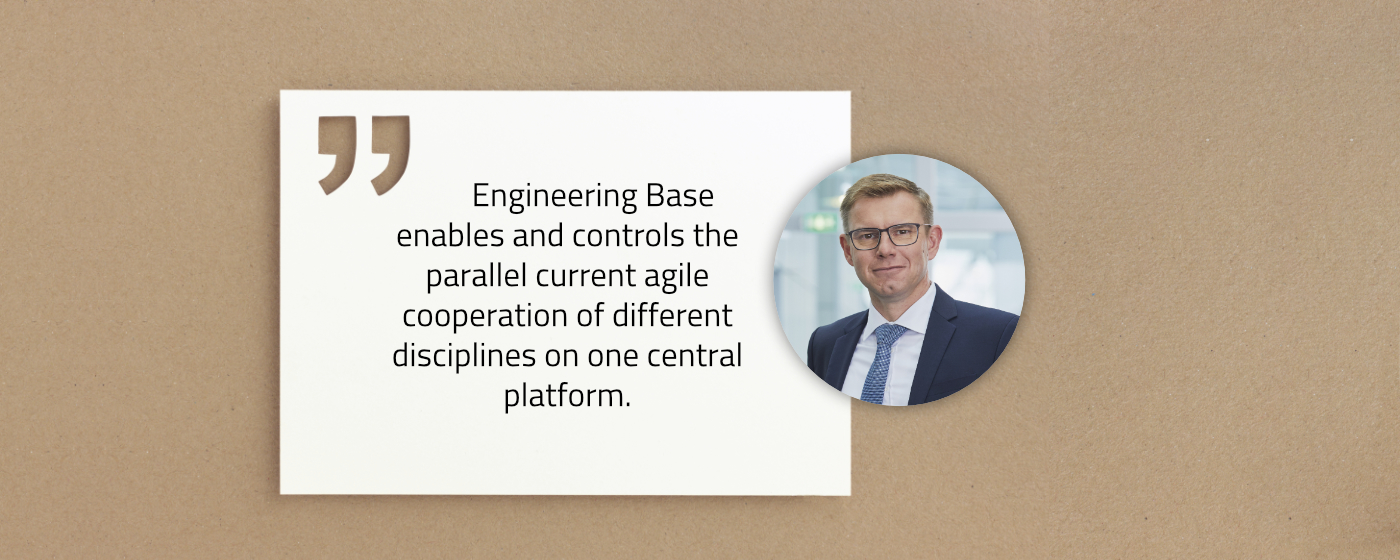Engineering service providers are not only driven by delivery deadlines, but often also by proprietary delivery formats. Many clients want certain trades or (parts of) plants to be documented in a specific format. On the one hand, of course, this is due to how the tool landscape is at the operator and the corresponding knowledge of its experts, on the other hand, it is often only proven routines and known processes from which the desire for a delivery format arises.
However, digitization, IoT, the associated new data and exchange standards and, of course, the continuous increase in time pressure require a rethink and departure from old habits and processes in many cases. But what can the new ones look like? When and for whom is it worthwhile to go in directions different from the dictated delivery format?
The crucial thing is that proprietary formats are just that: concerned with themselves, i.e. with a specific tool. Your options are limited to what the tool can do. If it is a document-oriented system, it does not meet the growing requirements for data availability and use, nor does it meet the internationally valid standard data and exchange formats such as AML, DEXPI (Data Exchange in the Process Industry), CFIHOS (Capital Facilities Information HandOver Specification) or BIM (Building Information Modeling).
Data backbone for operators
For example, the BIM standard, which describes a universally applicable data model and exchange format for the building sector, is already prescribed by law in many places and is already widely used in the EVU sector. Operators are naturally interested in being able to map such standards for their plants, preferably from the very beginning. But the much larger number of brownfield plants will also have to be able to handle such formats in the future.
AUCOTEC's Engineering Base (EB) cooperation platform is ideal for this, as the system offers a comprehensive data model of the digital plant twin. This includes all the logics and connections of process, electrification, and automation technology, right from the initial idea to simulation scenarios and concrete engineering to commissioning. The standards mentioned above refer to this model. They cannot do anything with "dead" PDFs in discipline-specific containers. In addition, an owner/operator is supplied with various plant parts. Even if all the documentation has been compiled with the same tool, it is still far from being possible to merge all the data into one model. EB can - even the data of external or supplementary systems.
AUCOTEC's customer and global offshore specialist in oil, gas, and wind power, Equinor, has therefore made EB its data backbone and is transferring all existing plant documentation to the data-centred system. "We save a lot of time by having EB standardize our tool landscape, which will significantly reduce the associated work involved to maintain consistency in our documentation," says Idar Pe Ingebrigtsen, Principle Engineer at Equinor.
Service providers can provide better service
If the operators demand it, engineering service providers and EPCs must and want to be able to serve the increasingly important neutral standards as well, of course. But for them, there are other reasons for using the system with the most comprehensive and open model in engineering from the outset. Namely that improved processes, significantly facilitated change management and higher quality data are real time winners. And those who can meet higher demands in less time can handle more projects, more orders. This, in turn, is sure to win over commissioning operators who may have originally wanted to specify a different system.
TBP Group, based in Linz, Austria, is an EPC contractor that originally came to EB through an operator requirement, but now recommends EB to its clients. TBP was responsible for the entire engineering for a major new construction project in the sugar industry. For this, the data from more than ten suppliers had to be integrated into the digital twin of the entire plant. "This was a real challenge, but in the end it was surprisingly easy to solve, despite the amount of data," says Thomas Hennerbichler, I&C and Automation Project Engineer at TBP, adding: "The platform can be used flexibly for various specialist areas, and we can also easily customize it to customer needs and standards. To look at overall planning, you simply need a system with as wide a bandwidth as EB, and that is winning over more and more of our customers."
See for yourself how EB can secure the future for you too. Our experts will be happy to give you more help ...




